I don't think I have been to St Albans (or Verulamium as I prefer to call it. Seems like they changed the name in some fit of political correctness in the early part of the last millennium) since I was in primary school. So well time for a day trip given it is only 30 minutes away out of St Pancras.
First stop was the 19th century town hall, a fine example of civic grandeur which is now nicely restored but looking for a purpose. So it is the local history museum, but it is very light on exhibits.
And upstairs is the Assembly Room, once used for grand civic functions, now available for weddings. It does look nice.
This is the 15th century curfew tower
This is the shrine to St Alban, the probably mythical Roman martyr (well almost everything is made up)
This is the longest medieval nave in England
On the other side of the Ver is Verulamium Park, which pretty much contains what was the old Roman city of Verulamium. The ponds are a much more recent addition, although this always seems to have been a marshy area.
Very little remains of the ancient city, it having been robbed out extensively to build the cathedral. Basically, Christians were Philstines.
This is part of the city wall still standing.
This is the longest surviving chunk of of the Roman city walls still left. And this isn't really the walls, just the inner core of the walls. The facing stones were all pillaged centuries ago.
The park offers lots of great views back to the cathedral, taking care to try and frame photos without the cranes behind it in the background
I did say it was marshy....
 |
| Massive gold coin hoard. Normally one just finds silver coins |
Some remarkably fine and well preserved Roman glass - grave goods
And here are the skeletons I remember from my childhood, laid out in their limestone coffins.
Ignoring the dummies, the impressive thing here is the extensive wall plasters that have survived. Apparently they did so beacuse water seeped in between the plaster and the wattle and daub structure so they just collapsed and fell in as a whole sheet. And then laid buried flat for archaeologists to raise nearly 2000 years later
As part of the museum ticket you can also gain admission to the Roman theatre which is very nearby, just beyond this smart looking gate house
 |
| St Michael's Church |
Fro m the theatre I just walked up the private road that forms the Gorhambury Walk, about 5kms of rural bliss
As you can see, it wasn't too busy
With a bit of difficulty one can just see the grand 18th century Gorhambury House through the vegetation





















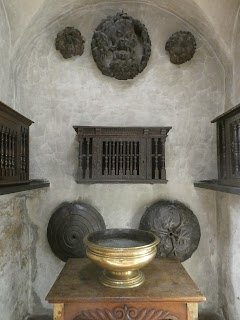
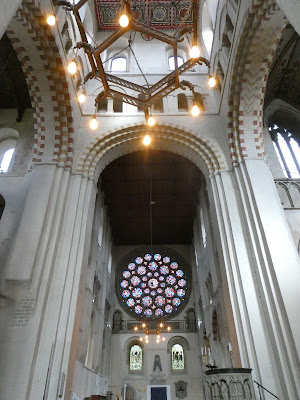













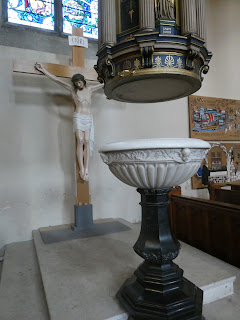





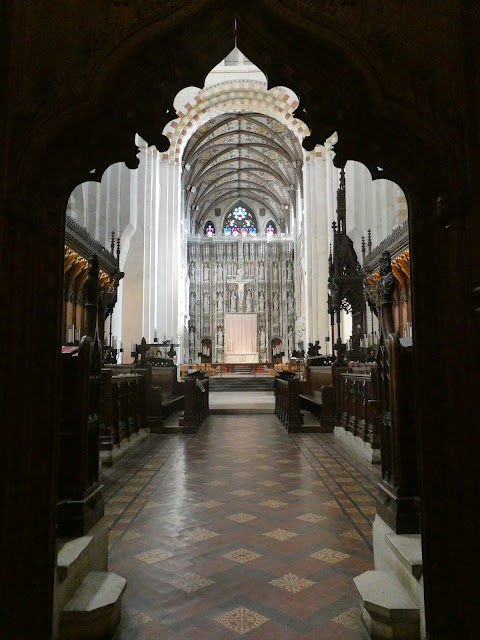















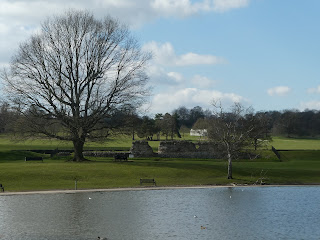





















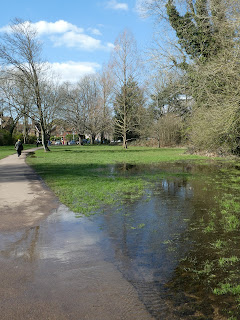












































No comments:
Post a Comment